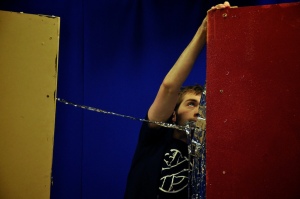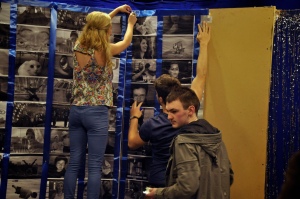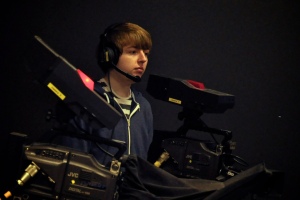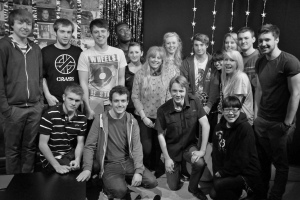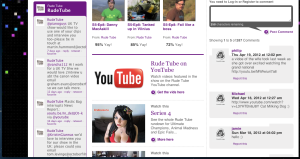If you have chosen to take 262MC: Formats Production, we want you to:
Task 1: Watch at least 5 studio based programmes – quizzes, chat shows, entertainment shows (really not fussy what you watch!). Write a review of each and consider what you think it’s hook or unique selling point is.
Task 2: Go to a studio recording. Any recording you can get to. They are free! Making the effort to see a live recording of a TV or radio programme will be extremely worthwhile. Check these websites for tickets; http://sroaudiences.com; http://applausestore.com; http://itv.com/BeonTV/Tickets/; http://bbc.co.uk/showsandtours/tickets; http://tvrecordings.com.
Task 3: Listen to some speech based radio. For example comedy on BBC Radio 4 or BBC Radio 6; documentaries on BBC Radio 2. Write a blog post on the programme you listened to and consider it’s appeal and target audience.
Task 4: TV and radio run on “ideas” (not brains or money) and format producers are some of the most innovative in the business (from Eggheads to Come Dine with Me and, of course, X Factor are all formats). If you could make your ideal TV programme what would it be? Write a short pitch of this idea. Jot down any random ideas you have over the summer and keep them safe they will be a good resource for the start of the Formats module.
· Explore your chosen field of media in greater depth.
· It is important that you research the topic around your module choices. This could be listening to a radio station you do not usually listen to, watching some short films and then writing up a critical analysis on your blog.
· Try to discover more about the production companies behind these films, radio stations etc.
· You must then begin to develop your own ideas around the subject and try to get involved in your chosen area. It is important that you keep track of everything you do and evidence your experiences, try to take yourself out of your comfort zone and experience new things.
· Finally you should evaluate what you have done and reflect on your experiences. Your academic personal tutor with then go through this with you on your return to university. They will want you to talk them through what you have done over the summer, what you learnt and how it has affected your perception of the chosen topic.
For the core module (260MC)
The core module, mentioned above, you will be looking at a number of media forms and in response you will be producing a series of media artefacts throughout the year. The first few weeks of Term One will involve you working towards producing a media text. In preparation for this please do the following:
Think of a media project that you have always wanted to make. This could be a drama based short, a documentary, a radio play, a TV show or an idea you have had during your first year on the degree. Then do the following:
o Carry out research into the genre your chosen form – this could involve doing reviews of films and programmes in that genre and looking at the historical development of that form
o From your research consider how you would make a new innovative media production within this genre
o Develop your idea into a treatment (a one page outline of the project that considers issues such as audience, logistics of production, why it is important/significant, genre etc)
o Prepare a Pitch for your project – a 5 minute presentation for the first week of term, where you will be convincing your fellow students why your film will make the most impact and be the best one to be involved in making.
o The best pitches will then be taken forward and produced over the first few weeks of term, with prizes for the best overall production and production team.
